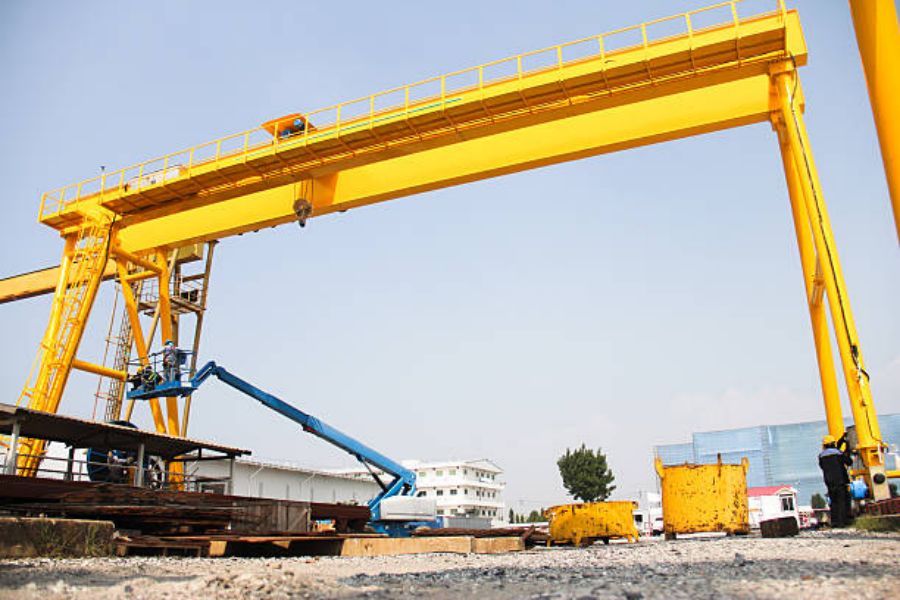Table of Contents

Introduction:
A single girder top running crane is a type of crane that is widely used in various industries including manufacturing, construction, and transportation. This type of crane has a single bridge beam or girder that supports a trolley and hoist assembly. In this article, we will discuss this type of crane in detail.
Design and Construction:
The design and construction of a single girder top running crane involves several components including the bridge beam, runway rail, hoist and trolley assembly, and electrical system. The bridge beam or girder is usually made of steel or aluminum, and is supported by end trucks that run on overhead runway rails. The hoist and trolley assembly is attached to the bridge beam and moves along the runway rails to transport loads.
Capacity and Span:
The capacity and span of a single girder top running crane depend on the specific application requirements. These cranes can be designed to handle capacities ranging from 1 to 20 tons and spans of up to 100 feet. However, they are typically used for lighter loads and shorter spans.
Advantages:
One of the main advantages of a single girder top running crane is its cost-effectiveness compared to other types of cranes. They also require minimal maintenance and are easier to install and operate. Additionally, they provide a higher lifting capacity than a jib crane and can cover a larger area than a workstation crane.
Disadvantages:
One of the main disadvantages of a single girder top running crane is its limitation in terms of capacity and span. They are also not suitable for outdoor use or for handling corrosive materials. Additionally, they are not as stable as double girder cranes and may experience more sway when carrying loads.
Applications:
Single girder top running cranes are used in various industries including manufacturing, steel fabrication, and automotive. They are often used for material handling operations such as loading and unloading trucks, moving materials between workstations, and assembling products.
Installation and Maintenance:
The installation of a single girder top running crane requires a professional crane builder and may require building modifications to accommodate the crane. Regular maintenance is necessary to ensure the crane is operating safely and efficiently. This includes inspecting the crane for damage and wear, lubricating moving parts, and testing safety mechanisms.
Safety:
Safety is a top priority when operating a single girder top running crane. Proper training and certification for crane operators is essential, as well as regular inspections and maintenance to identify potential safety hazards. Additionally, safety features including overload protection and emergency stop buttons should be installed on the crane to prevent accidents.
Cost:
The cost of a single girder top running crane varies depending on the specific application requirements such as capacity and span. However, they are generally less expensive than double girder cranes and are a cost-effective solution for many material handling operations.
Conclusion:
In conclusion, a single girder top running crane is a cost-effective and efficient solution for material handling operations. These cranes are widely used in various industries and provide several advantages including ease of installation, minimal maintenance, and higher lifting capacity. However, they also have some limitations in terms of capacity and span and require proper safety measures to prevent accidents.
